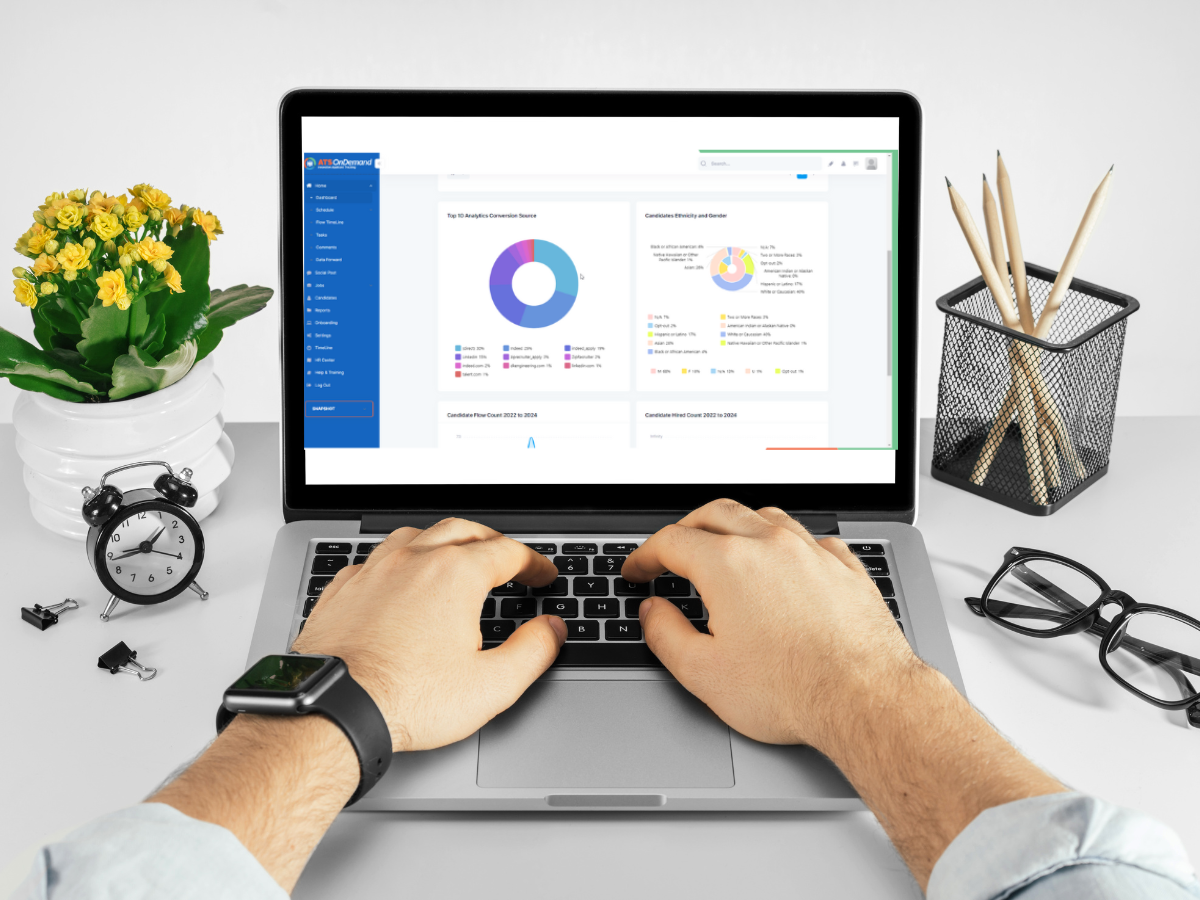The COVID-19 pandemic has reshaped the world of work, forcing businesses to adapt to new norms and hiring practices. As we emerge from this unprecedented period, companies are grappling with important decisions about their workforce structure. The benefits of a remote workforce, an in-office workforce, and the hybrid model have all come to the fore, each offering unique advantages and challenges. Additionally, companies are revisiting attendance policies to align with these changes. In this blog post, we will explore the hiring trends in the post-COVID era and the implications of various work models.
The Benefits of a Remote Workforce
The shift to remote working in response to COVID-19 has led to a significant increase in the number of companies hiring remote workers. One of the most notable benefits of a remote workforce is access to a global talent pool. Employers are no longer limited by geographical constraints, allowing them to find qualified candidates that fit their needs.
Another key benefit of a remote workforce is the flexibility it provides. Employees can work from environments that suit their needs, leading to enhanced job satisfaction and productivity. Research shows that remote workers often report higher morale, which can directly impact retention rates. Additionally, remote work minimizes commuting time, allowing employees to allocate more time to their work-life balance.
Cost savings also play a crucial role in the appeal of remote work. Companies can reduce overhead expenses by minimizing the need for physical office spaces and associated utilities. Furthermore, remote work arrangements eliminate commute times, contributing to a better work-life balance for employees.
The Advantages of an In-Office Workforce
Despite the growing trend of remote work, many companies still recognize the benefits of an in-office workforce. In-person collaboration fosters a strong team culture and can drive innovation through spontaneous brainstorming sessions and face-to-face interactions. Moreover, some employees thrive in a structured office environment and prefer the routine that comes with it.
From a training perspective, in-office work can be particularly beneficial for onboarding new employees, offering them the opportunity to learn directly from experienced team members. There is also a level of accountability that can be easier to maintain when all employees are physically present.
The Hybrid Model: A Balanced Approach
The hybrid workforce model combines the best elements of remote and in-office work, allowing companies to be flexible and responsive to employee needs. By offering employees the option to choose when they work in the office and when they work remotely, businesses can promote autonomy and job satisfaction.
The hybrid model also supports diversity and inclusion initiatives, as it attracts a wider range of candidates who may prefer remote work due to personal or professional constraints. This adaptability can lead to improved retention rates, as employees feel that their preferences are valued and respected.
Revisiting Attendance Policies
As companies explore these various workforce structures, revisiting attendance policies has become a priority. Traditional attendance policies may not fit a hybrid or fully remote environment, and companies need to implement policies that encourage both accountability and flexibility.
Employers should consider flexible working hours, results-oriented performance metrics, and clear communication expectations to support their employees, regardless of their location. Emphasizing trust and accountability in attendance policies can foster a culture of autonomy, leading to increased motivation and productivity.
Conclusion
The hiring trends following the COVID-19 pandemic are indicative of a broader shift in how businesses operate, with the benefits of remote, in-office, and hybrid workforces each playing a significant role. As organizations navigate these changes, they must carefully assess their attendance policies and adapt them to foster an environment that accommodates both flexibility and accountability. By embracing these trends and understanding the different workforce models, businesses can not only attract top talent but also create inclusive environments where employees can thrive. The future of work is here, and it’s time for companies to embrace it wholeheartedly.




